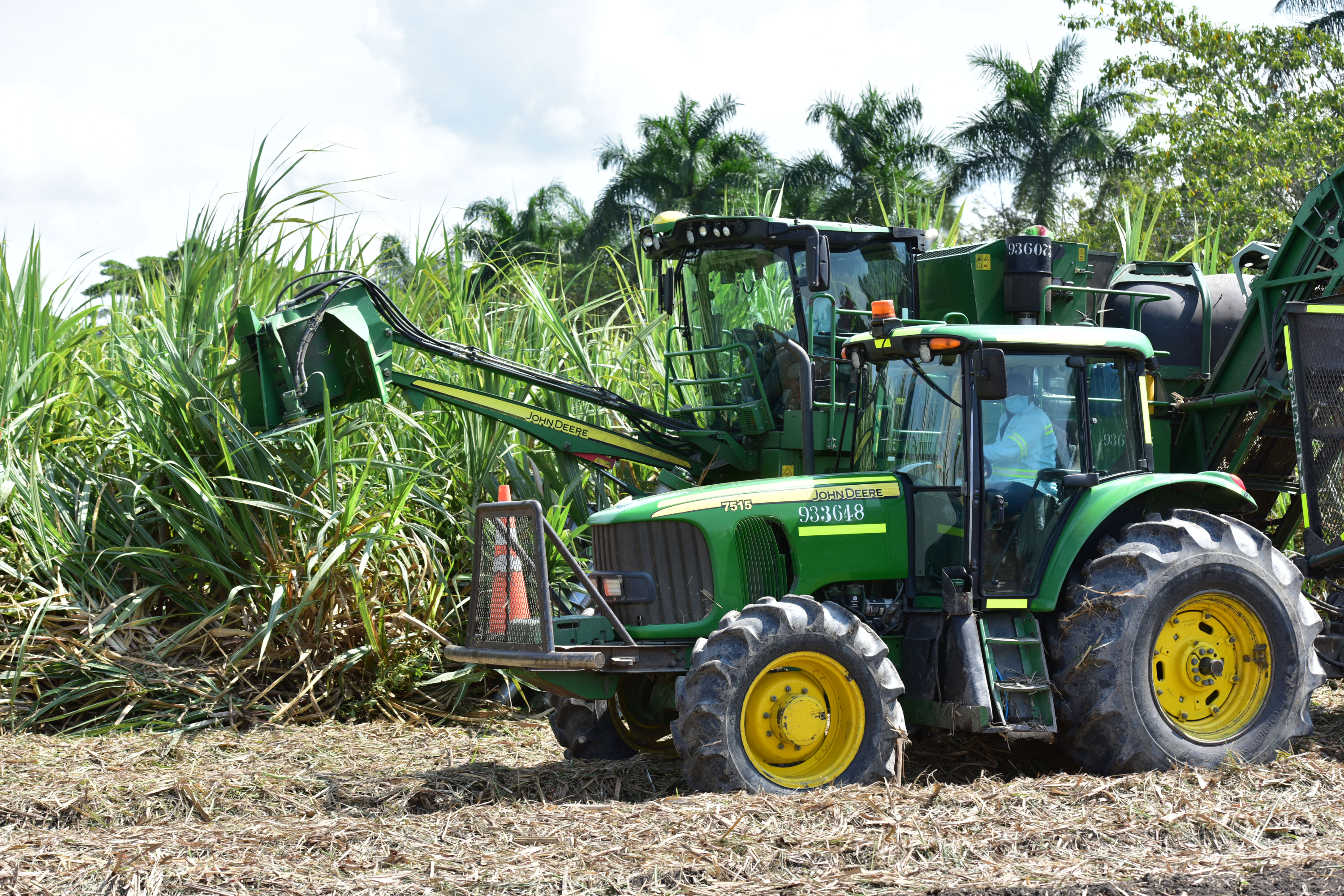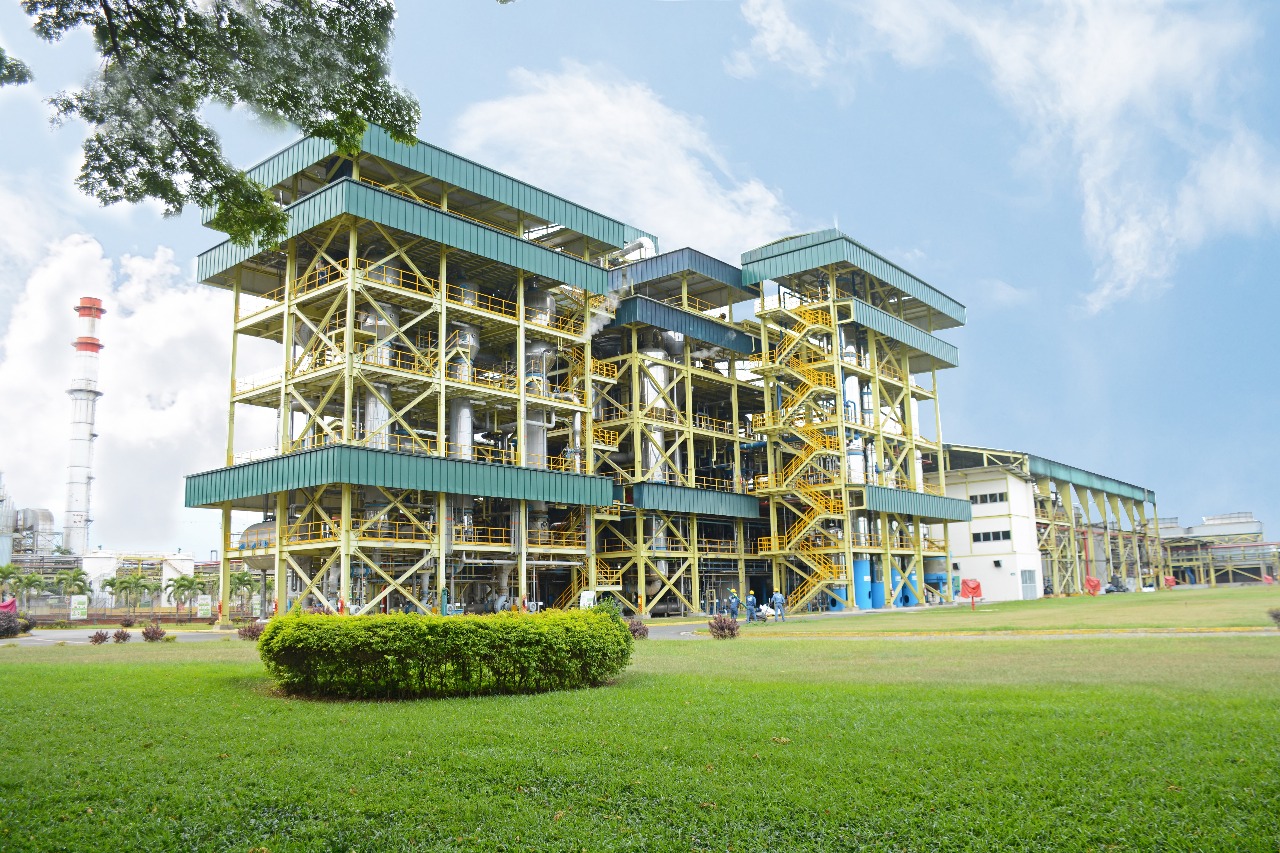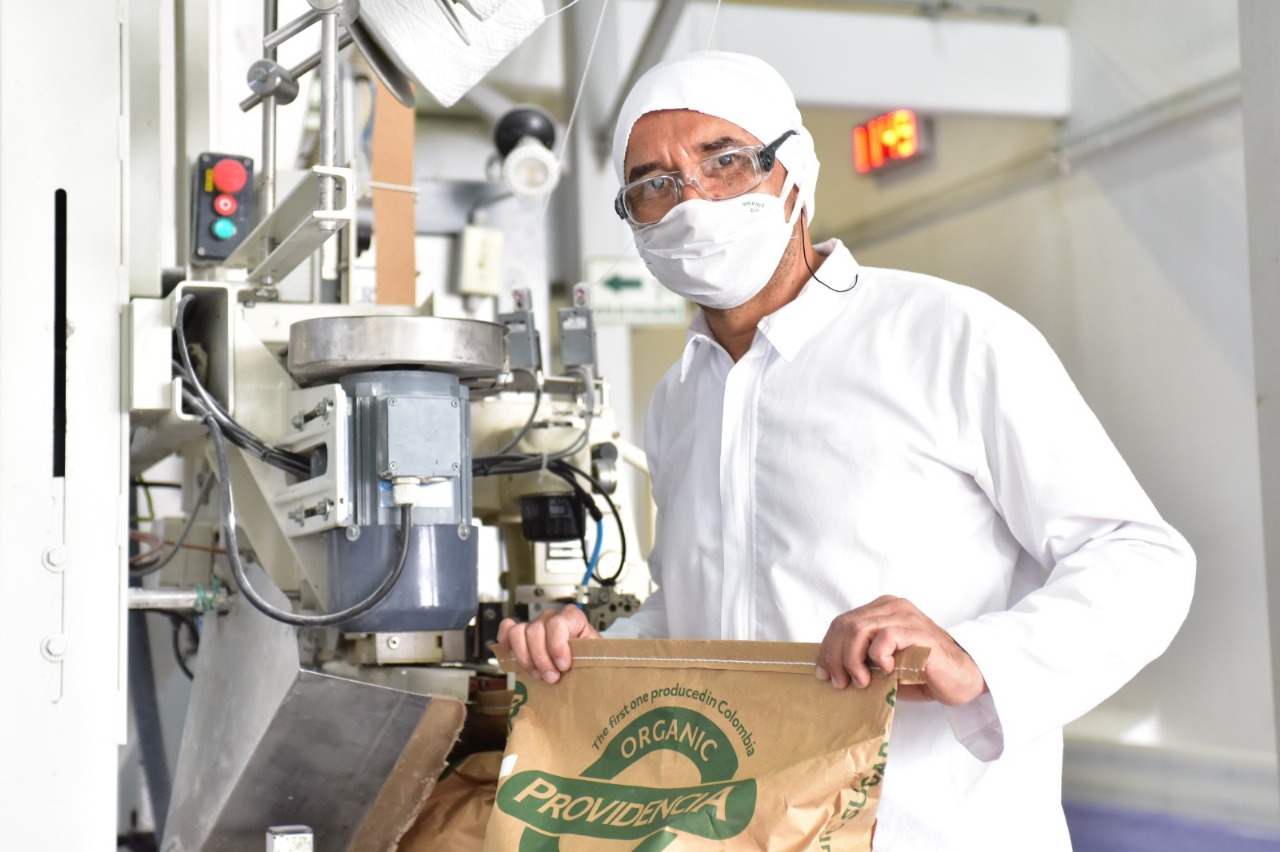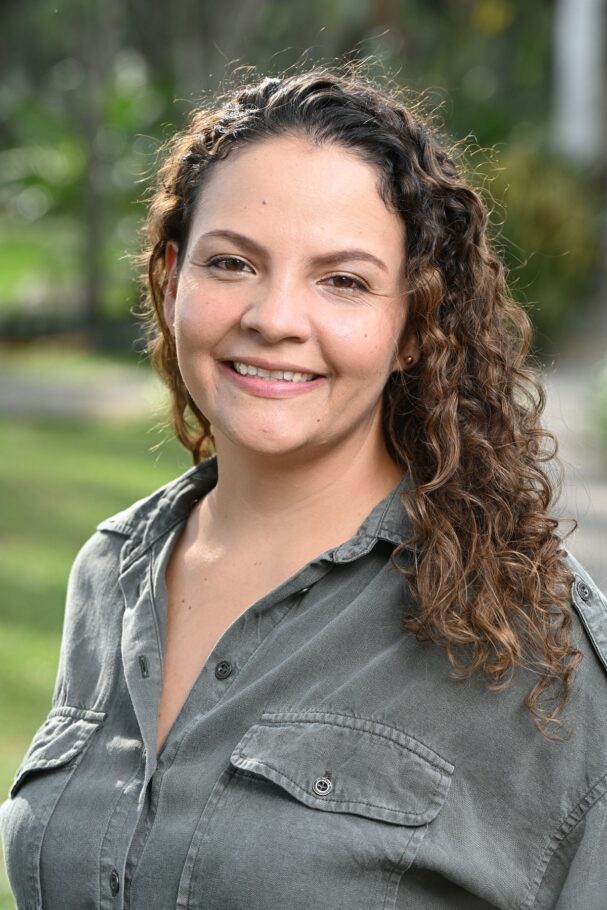'We want to think of sustainability as a commitment in which a company not only generates profits'

For Ingenio Providencia, sustainability encompasses not only the environmental component but also social actions aimed at positively transforming the lives of its employees and neighboring communities. Angie Riascos, the company's director of sustainability, emphasized in an interview with EL TIEMPO that beyond the economic benefits, the company has invested in university scholarships, training for community leaders, and psychosocial development programs for children, with an investment that exceeded 33 billion pesos in 2024 alone.

Providencia invested more than $33 billion in social and environmental sustainability by 2024. Photo: Ingenio Providencia
In environmental terms, Providencia has made ambitious commitments: to reduce its direct emissions by 50% by 2030. This has been achieved through the use of renewable energy sources, modernization of irrigation systems, and a strong biological pest control policy that minimizes the use of agrochemicals. In addition, the mill has embarked on circular economy and energy transition processes in its industrial and agricultural operations.
One of the most emblematic projects is the ecological restoration project, which has converted former productive lands into an ecological park home to more than 440 species of birds and mammals, strengthening biological corridors in ecosystems such as the tropical dry forest and the high Andean forest. The goal is not only to regenerate biodiversity but also to consolidate these spaces as centers for citizen science and birdwatching.
What is Providencia doing in terms of sustainability and how is that impacting its communities and its employees? Providencia has made a triple impact commitment, in which we have a social pillar where we have made a commitment to create development opportunities for its stakeholders. Here we want to highlight two major focuses: workers and their families; and the communities surrounding the sugar mill. These communities either live next to the sugarcane fields or in the villages and hamlets where the operation operates.
How have these development opportunities been translated? Last year, we invested around $33 billion pesos in benefits for workers and communities. Of that, $21 billion was a direct investment in our 3,000 directly employed workers. These funds are distributed through non-legal benefits, bonuses, and scholarships for workers' children. If a farmworker today wants their child to study at the Universidad de los Andes, Providencia pays for it. There are 130 annual scholarships that rotate. We believe that education has been a fundamental driver of individual and collective transformation.

Providencia Sugar Mill, in the Cauca Valley. Photo: Providencia Sugar Mill
There's an investment of $7 billion or $8 billion pesos that directly benefited 7,600 people. Everything is geared toward building existing capacities. For example, we have a School of Leaders that trains 35 people each year in participation mechanisms, oversight, and community project development. In 2024, of seven projects formulated, four were implemented, and they managed to raise $600 million pesos in public calls for their communications. That's real impact.
What other social programs would you highlight? We offer scholarships for bright young people in the community who lack the resources to study in cities like Cali, Buga, or Palmira. In addition, there's a program called Cultivating Talents, which has impacted more than 400 children with extracurricular activities such as theater, painting, robotics, martial arts, and sports. This is accompanied by psychosocial work to develop socio-emotional skills.

Providencia was the first mill to produce organic acúzar in the country, 26 years ago. Photo: Providencia Mill
There is a misperception. Colombia has 114 million hectares, of which only 13% are used for agriculture. Sugarcane accounts for about 200,000 hectares, far less than coffee or rice. However, we recognize that agribusiness is resource-intensive, and that is why we have made concrete commitments.
What environmental commitments have you made? We work on the responsible use of resources and biodiversity conservation. We have modernized our irrigation systems to make them more efficient, achieving a 50% reduction in field consumption. We are the mill with the most efficient irrigation systems in the country. Furthermore, the boiler has an electrostatic precipitator, and we use renewable sources such as bagasse and sugarcane leaves, which allowed us to reduce our direct emissions by 19% in 2024 compared to 2023.

Angie Riascos Rojas, director of sustainability at Ingenio Providencia. Photo: Ingenio Providencia
We want to reduce our emissions by 50% by 2030. We are replacing fossil fuels, electrifying deep wells, testing electric and gas-powered vehicles for sugarcane transport, and promoting reduced tillage. Organic sugarcane crops also require more labor than conventional crops, which has environmental and social benefits.
What are you doing in ecosystem restoration? We have a project called Providencia Ecological Park to restore high Andean and tropical dry forests. We started with 100 hectares and are now at 114. We have planted more than 363,000 species in dry forests and 13,000 in high Andean forests. We work with our own nurseries and employ people from the community. We do this with partners like the Río Cerrito Foundation.
What results have you observed in biodiversity? We've seen an increase in bird presence: today, 30% of the species recorded in the Cauca Valley are present in our restored ecosystems. Additionally, using camera trapping, we've documented more than 4,000 species, including mammals. We want the ranch to establish itself as a birdwatching and citizen science destination, participating in events such as Global Big Day and October Big Day.
What place does sustainability have in the business vision? Since the 1960s, Providencia created a school for the children of its employees. Today, that school is one of the best in the Cauca Valley. Sustainability for us isn't a fad; it's part of our corporate DNA. We are the only sugar mill in the world certified as a B Corporation, and we believe that economic development must be accompanied by a positive social and environmental impact. We want to think of sustainability as a commitment in which a company not only generates profits but must also contribute to solving social and environmental problems, as that is one of the tools. How do we contribute to closing the gaps in education and quality in rural areas through our actions? It has to do precisely with that.
And in terms of business diversification, what lines have you developed? We produce conventional and organic sugar (and we were pioneers in this field 26 years ago), fuel alcohol, specialty alcohols for the pharmaceutical and beauty industries, biomass-based electricity, and organic fertilizer. We are also developing a new line of business that we will announce soon.
Environment and Health Journalist
eltiempo





